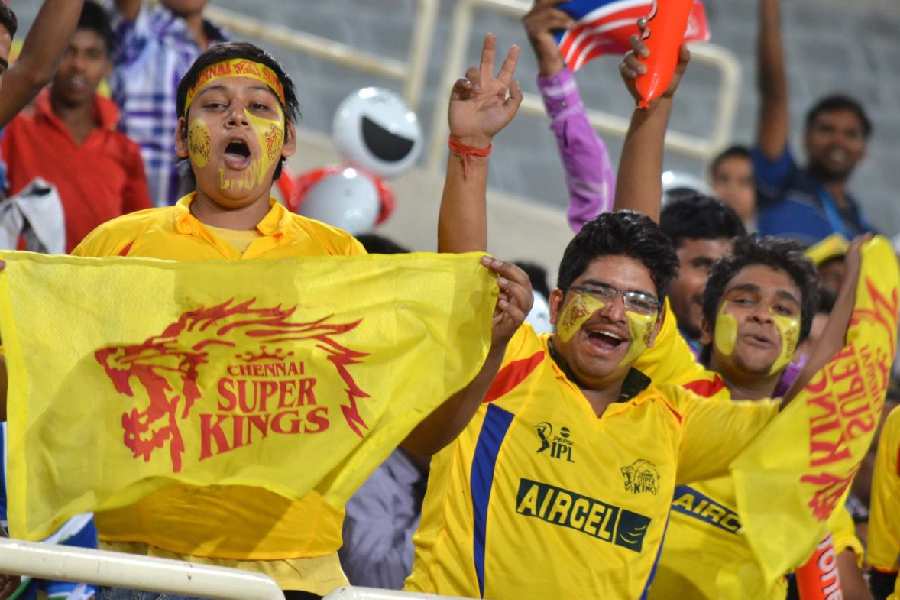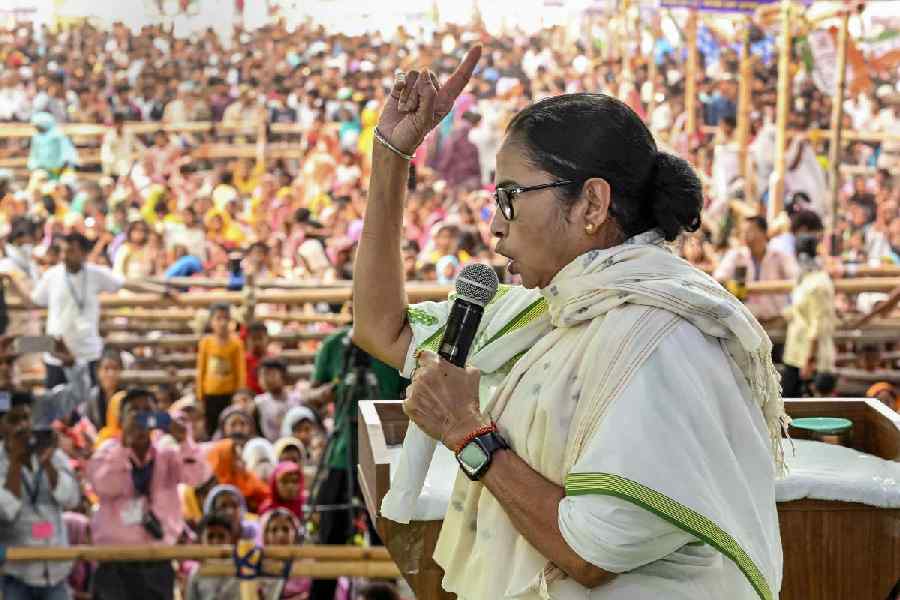The abbreviated two-Test series between India and South Africa and Australia and the West Indies were symptoms of two, interrelated tendencies in cricket: India’s control over world cricket and the encroachment of T20 franchise tournaments on Test cricket’s calendar. Everyone who watched these abbreviated series agreed that they were wonderful contests that should have been spread out over at least three Tests. The reason that didn’t happen is that a long Test series is now a luxury sport that only the Board of Control for Cricket in India and its two principal clients, the England and Wales Cricket Board and Cricket Australia, can afford to play.
The second-string Test team, with eight uncapped players that South Africa has sent to tour New Zealand, put paid to the notion that Test cricket can co-exist amicably with the T20 game. The massive commercial success of the Indian Premier League has established that the economy of cricket is the economy of T20 cricket. Every major cricketing country wants its own T20 league because that’s where the money is. Cricket South Africa prioritised its best players making the Betway SA20 a success over representing the country in Test cricket. Also, its best players prefer the professional rewards of playing for Sunrisers Eastern Cape or Joburg Super Kings over the notional prestige of playing Test cricket for South Africa.
The resemblance in the names of IPL and SA20 franchises is not accidental; the owners of IPL teams own teams in the South African tournament. Modern professional cricket is a world system with a single hyper-power, India. The BCCI is cricket’s Vatican, Jay Shah, its secretary, is its pope and the Narendra Modi stadium in Ahmedabad is its tabernacle. The IPL is cricket’s bountiful sun and the game’s ecology is being remade by its gravitational pull.
If there was a natural division of talents required for T20 cricket on the one hand and Test cricket on the other, it might be possible to speculate about an institutional separation of the two codes. Test cricket would then unfold in a calendar of its own, a poorer yet prestigious form of the game, a genteel legacy sport sustained by a greying audience, old enough to be nostalgic about it.
But there is no such natural division. While the nature of the T20 game is different from the nature of Test cricket in important ways — the premium on attacking batting versus the incentive for playing the percentages, for example — the skills required by the two forms overlap enough for any ambitious young player hoping to make a livelihood out of professional cricket to aspire to both. While there will always be players excellent in one form of the game who can’t play the other at the highest level — Cheteshwar Pujara, for example, or Surya Kumar Yadav in the opposite direction — a separate administrative structure and career path for Test cricket is an economic non-starter.
Test cricket is destined to be the poor relation of T20 cricket. This is not to say that it needs to be financially subsidised by the shortest version of the game. It’s possible that the television audiences for the long game and the revenues from them could underwrite player contracts and administrative costs. The reason Test cricket already is a prestigious poor relation of cricket’s shortest format is that because its player base is the same as that of T20 cricket, it can only happen when T20 franchise tournaments aren’t happening. Whenever there is a scheduling conflict, Test cricket will lose out as it did in the South African tour of New Zealand and that will discredit and devalue the long game.
Test cricket will be consigned to the margins because the tendency of franchise leagues is to expand to create additional revenue. It is inevitable that the IPL’s season will expand. The tournament has already grown to include 10 teams. An IPL season consists of 74 matches. The 2024 season will start on March 23 and end on May 29. This is less than three months. Given its rude financial health, there is no reason why the IPL shouldn’t, in a subcontinental country like India, add more teams and draw more cities into the league. Pune and Kochi were contenders once, there’s no reason why they or some other cities can’t be part of it again.
A comparison with other forms of league or franchise sport shows that the scope for expansion is enormous. The English Premier League, for example, has 20 teams that play a total of 380 matches in a season that starts in August and ends in May. That’s 10 months of the year. As the IPL metastasizes (as it will), more months will be cordoned off for it while organising cricket’s calendar and the space for international Test tours will, inevitably, shrink. If the IPL was to double its franchise strength from 10 teams to 20, it would need more months to fit the extra matches in. The likelihood is that it will avoid the rain-disrupted monsoon months and expand backwards into February, January and December, traditionally the prime months of India’s Test season.
Perhaps the IPL won’t go the EPL’s way. There are other league sports that are both lucrative and compact. The National Football League, for example, has many more teams than the Premier League — 32 to the Premier League’s 20 — but has a much shorter season, just 18 weeks. Theoretically, the IPL could follow the NFL’s lead in expanding the number of teams without lengthening the season. But the main driver behind the NFL’s short season is irrelevant to the IPL. The NFL is a brutal contact sport, and its season is kept short to minimise the risk of injury. Cricket isn’t a contact sport so there is no prudential curb on the potential length of the IPL season.
This doesn’t mean that Test cricket is about to become extinct anytime soon. Just as league football has breaks for international football, league cricket, as it expands, will continue to make room for Test cricket. There are crucial differences, though. The football played by national teams is the same compact game as the one played in the leagues. A Test match can take five days to complete and a five-Test series, even with the warm-up matches done away with, uses up the better part of two months. This is such an extravagant use of monetisable time that only the most powerful national boards with money to burn will be able to set aside the weeks to go on these leisured safaris.
Test cricket is regressing to a pre-World War I template. In the high noon of empire, Test status was arbitrarily awarded by the imperial hegemon to favoured client states. For a long time, Test cricket was a bilateral business between England and Australia. Then, in 1907, South Africa became part of a Test-playing triumvirate. Not till 1928, when the West Indies were admitted, followed soon after by New Zealand and India, did another country get to play a Test.
In this nouveau, non-flannelled raj, Jay Shah is the modern Lord Hawke, dispensing patronage and Test matches to deferential English and Australian administrators with their eyes on the bottom line. The brief vogue for enlarging the ranks of Test-playing nations that saw Ireland and Afghanistan achieve Test status is done. Since the 12 full member nations of the International Cricket Council have the right to play Test cricket, they will continue to play the odd Test or truncated two-Test ‘series’. The full, fat version, though, the four and five Test epic, will be the preserve of the Gang of Three, a new triumvirate for our T20 times.
mukulkesavan@hotmail.com










